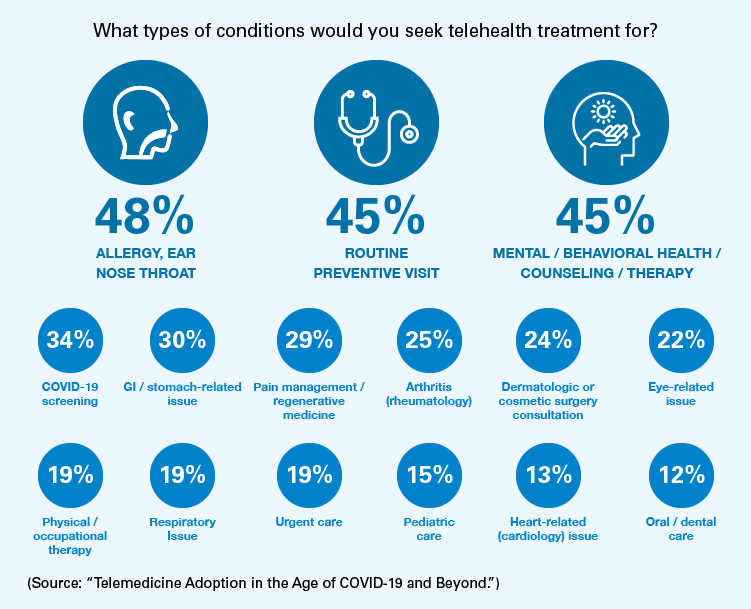

Revolutionizing Healthcare: Telehealth’s Vital Role in the Pandemic
The COVID-19 pandemic has brought about a paradigm shift in healthcare delivery, with telehealth emerging as a vital tool. This article explores the transformative impact of telehealth during the pandemic, revolutionizing the way healthcare services are accessed and delivered.
Telehealth as a Safeguard during Social Distancing
As social distancing measures became imperative during the pandemic, telehealth offered a crucial solution to ensure continuity in healthcare services. Patients could consult with healthcare providers from the safety of their homes, reducing the risk of virus transmission and supporting public health efforts.
Expanded Access to Medical Services
One of the primary advantages of telehealth during the pandemic was the expanded access to medical services. Patients, especially those in remote or underserved areas, could now connect with healthcare professionals without the need for extensive travel. This democratization of healthcare access became a game-changer in reaching diverse patient populations.
Remote Monitoring and Chronic Disease Management
Telehealth facilitated remote monitoring of patients with chronic conditions, allowing healthcare providers to track vital signs and symptoms virtually. This real-time data not only improved patient outcomes but also reduced the strain on healthcare facilities, enabling more efficient allocation of resources.
Mental Health Support through Virtual Platforms
The pandemic’s toll on mental health necessitated innovative solutions, and telehealth stepped in to bridge the gap. Mental health professionals could conduct virtual sessions, providing timely support and counseling to individuals grappling with anxiety, depression, and other mental health challenges.
Telehealth Technologies Driving Innovation
Technological advancements played a pivotal role in the success of telehealth during the pandemic. Video consultations, mobile health apps, and secure communication platforms became integral components of virtual healthcare delivery. These innovations not only enhanced patient engagement but also streamlined the overall healthcare experience.
Challenges and Solutions in Telehealth Adoption
Despite its numerous benefits, the widespread adoption of telehealth faced challenges. Issues related to digital literacy, access to technology, and concerns about the quality of virtual healthcare needed to be addressed. Healthcare providers and policymakers worked together to implement solutions, ensuring equitable access and maintaining high standards of care.
Telehealth Policy Changes to Facilitate Adoption
Governments and healthcare authorities swiftly adapted policies to facilitate telehealth adoption. Regulatory changes, reimbursement policies, and the relaxation of licensing requirements were implemented to encourage healthcare providers to embrace telehealth as a viable and sustainable mode of service delivery.
Building Patient Trust and Confidence
Building trust in telehealth was crucial for its widespread acceptance. Educational campaigns, transparent communication about the security of virtual platforms, and positive patient experiences played key roles in fostering trust and confidence in telehealth services.
The Future of Telehealth Beyond the Pandemic
As the world moves towards a post-pandemic era, telehealth continues to evolve and redefine healthcare delivery. The lessons learned during the pandemic have positioned telehealth as a permanent and integral part of the healthcare landscape. Its role in preventive care, routine check-ups, and ongoing chronic disease management is expected to expand.
To explore the benefits of telehealth during the pandemic and beyond, visit The Healthy Consumer – Telehealth During Pandemic. Discover resources, insights, and guidance on incorporating telehealth into your healthcare routine for a safer and more accessible future.






